Feature 004 • Apr 11th 2016
- by Lou Noble
(OR, A WEEKEND AT THE 2016 FOTOFEST BIENNIAL WHILE CONSISTENTLY IMBIBING DELICIOUS ALCOHOLIC DRINKS IN EXCELLENT HOUSTON ESTABLISHMENTS...AND AN AIRPORT BAR)
I will not start this article at the airport. I now realize what a cliché that is, and have removed the airport section from this final version. There is another version of this essay, one you will never see, where I talk about having to get on and off two separate planes (mechanical difficulties, don't ya know), where I recount the "strawberry" margarita I am served at an airport bar, using those quotes because, in fact, it was a peach margarita that the bartender, at my request, dropped some strawberries into. I have a real personal connection to strawberry-flavored alcoholic drinks (see my dad ordering me Virgin strawberry daiquiris when I was a kid, a fine way to prep a small boy for the alcoholic man he might one day become). It was not altogether pleasant, but it was indeed strong, and afterwards it required an embarrassing amount of concentration to leave the bar and make my way to my gate. Walk steady, don't stumble, don't make too much eye contact with people you might suspect can see through your ruse and have sussed out that you are, in fact, wasted at the airport off of a single drink.
Instead, I will focus solely on the art. Art is why I was flown to Houston, see. Why a lovely PR company flew me and three other journalists (heheh, I’m a journalist, now) to Houston, put us up at an ever-so-comfortable Doubletree (they’ll do your laundry for you), and chauffeured us around for three days, visiting all the major galleries involved in FotoFest’s 2016 Biennial. To see and experience and be moved by The Art.
Art like Millennium Seed Bank Research Seedlings and Lochner-Stuppy Test Garden No. 4, from the series Archiving Eden, an exquisite and inventive way at approaching documentation of the Seed Arks that store seeds from around the world, preparing against some future natural/unnatural disaster. I was especially taken with this series of work, where Dornith Doherty used chromogenic lenticular printing to make electrifying art out of the seeds in a way that is both visually stimulating and impactful. Some of the first work we saw of the exhibition, I was taking pictures of everything, watching how the others were writing down serious notes, were taking the whole thing quite seriously. I began to question my approach.
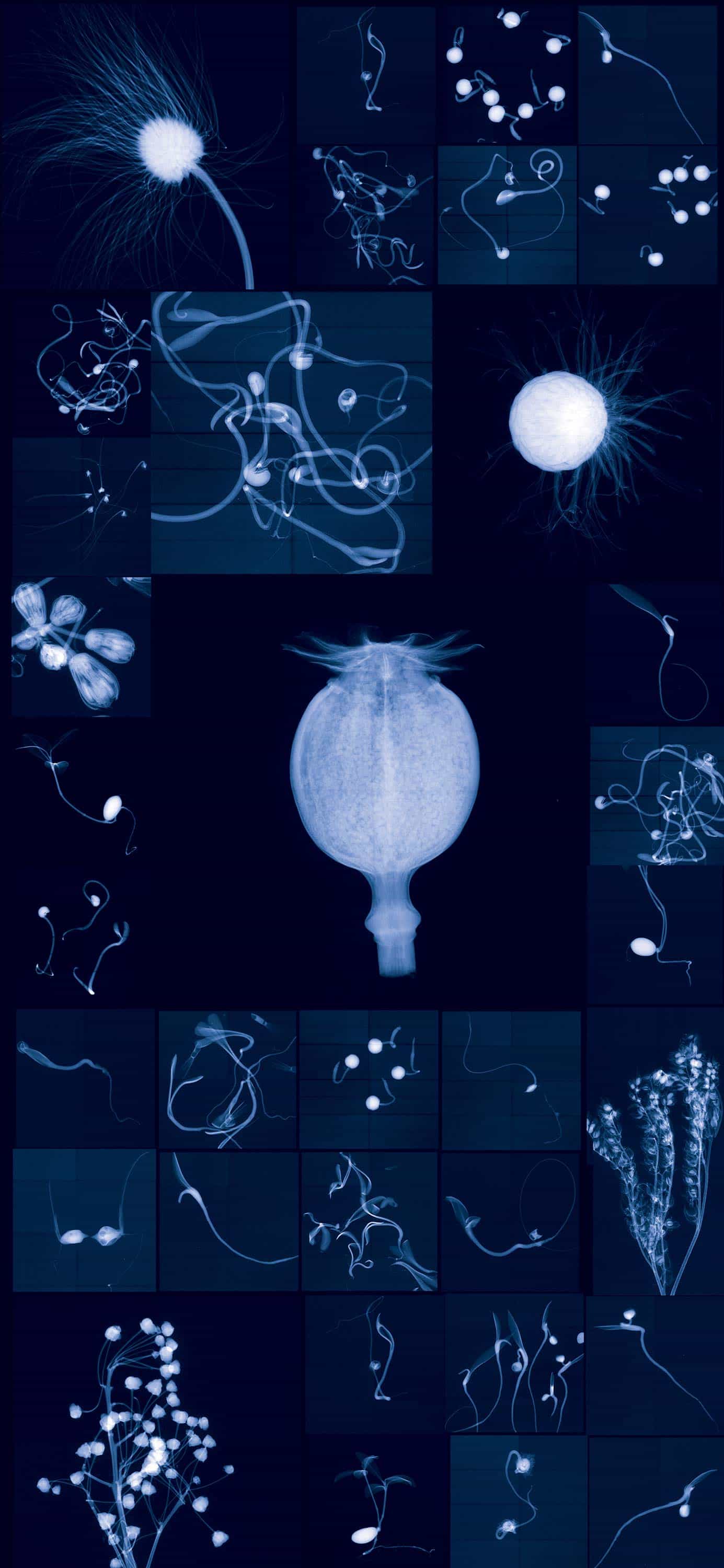
Millennium Seed Bank Research Seedlings and Lochner-Stuppy Test Garden No. 4
Because…well, in the version of this article you will never see, I make a point of mentioning that I am buzzed for much of the trip. In that version I play up the fact that I’ve come to Houston, not to look at art, but to wild out on a free vacation. Which is, in fact, a lie, kind of. I did indeed see the trip as a free vacation, where afterward I would write a thin puff piece, paying mere lip service to the FotoFest. And I did indeed plan to be, at the very least, buzzed, and the very most, exquisitely wasted. As a challenge! As a way of capturing the spirit of authors whose work I enjoy, but after the first night, after arriving in Houston and meeting the other journalists on the trip at the hotel bar, after a mere afternoon of being buzzed, struggling against oncoming nausea and the inevitable hangover that would render me barely functional for Days, I realize an entire long weekend pickling my brain would be, not merely a challenge, but a crippling exercise in hubris. I have a drink or two at most meals, but never veer into that dangerous state my friends both encourage and fear, that state in which I am both incredibly funny and incredibly rude.
Instead, I will talk about art. Like Fire in the Pines #1, by Karen Glaser, from her series Springs and Swamps. I could not stop looking at this piece. I enjoyed several of her pieces in the show, but Fire in the Pines #1, the colors, the fire, it felt almost too real, as if it were a scene constructed for a film, special effects crew just outside the frame, so excellent was the blue of the sky against the orange of the flames against the green of the foliage against the brown of the trees. It was at this point, because of this piece, I decided I would have to write something better than just a few lines under a series of Instagram posts about the exhibition. This photo deserved as many eyes looking at it as possible.
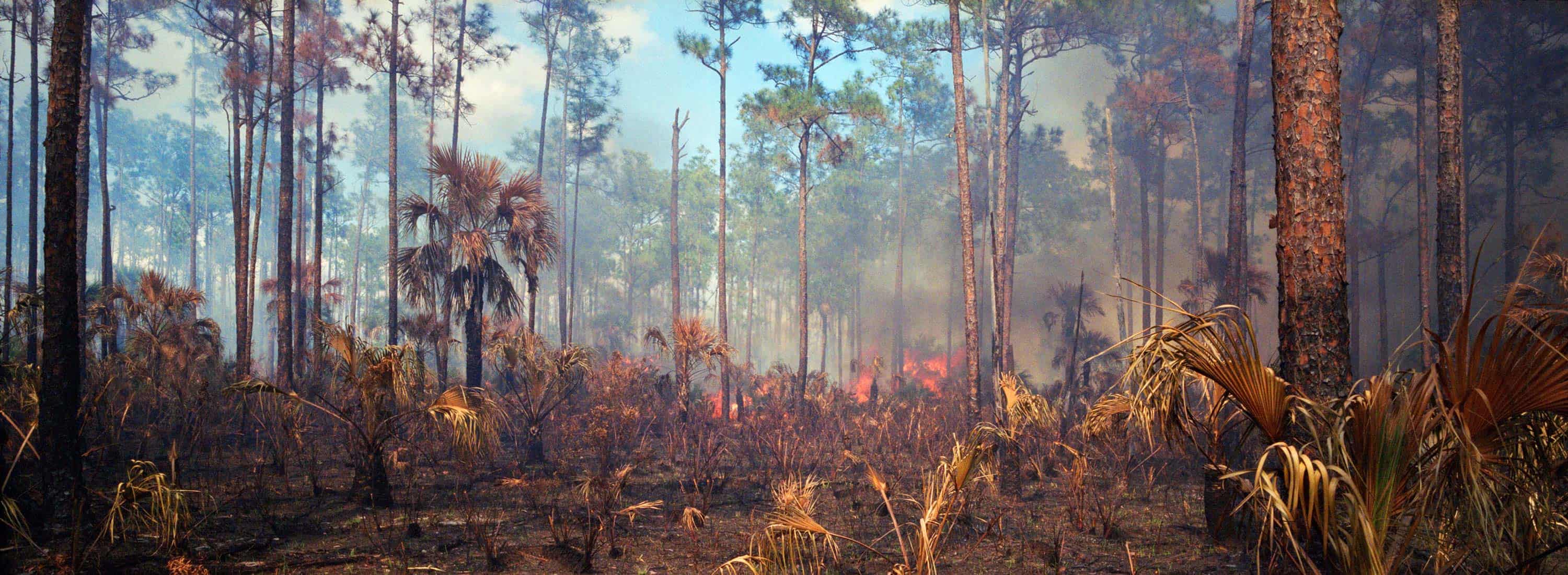
Fire in the Pines #1
I will talk about art instead of, like I do in the version you will never see, go on an obnoxiously long tangent about TSA Pre, which had been added to my ticket.
I will focus on the art, instead of making it incredibly clear to you that TSA Pre is the best thing to happen to airports since they started using airports to hold planes.
Basically, you go into a different line when it comes time for the TAKE OFF ALL YOUR CLOTHES AND LET THIS STRANGER FEEL YOU UP portion of the modern airport experience. The best part being, you take off nothing, no one touches you, you just walk up, put your bag through the X-ray, walk through the he X-ray, and then go about your business. It takes a fraction of the time the normal X-ray system does.
But here’s the thing: you feel FANCY.
This trip made me feel FANCY. The version of this story you’ll never see? It drives this point home on, admittedly, far too many occasions. FotoFest (and Keri, the representative from Blue Medium, they’re the PR company who put this all together, we met…”met” them during the arrangements for the Gregory Crewdson interview, Keri was with us the whole trip, she set up the itinerary, accompanied us every step of the way…she is dazzlingly competent, a tiny bundle of competence ((in the other version you will never see I also talk about her looks, but I’m doing my best to focus on what’s important, not looks, man, that’s just some Cro-Magnon part of my brain, a person is not their looks, this lady had personality for days and what’s more? She was able, for days, to wrangle a diverse (((and at times obnoxious))) crew of journalists around an entire city! So looks, get outta here. This lady was incredible!)) I gotta email her, thank her again, she was a Rock, the whole time, kept us moving, kept us happy, a mensch, that lady) did their damnedest to show us a good time.
Vinod (the deep dark secret about the other version of this you’ll never see? The entire piece is just a stealth profile of Vinod, FotoFest’s Director of Communications, who drives us around the whole time, not only telling us about the artists included in the Biennial, but also giving us the Artist’s History of Houston, a man both gracious and extensively knowledgeable about Fotofest and Houston, who started working for them twelve years ago, AS AN INTERN, worked his way up, and now both he and his wife now work for Fotofest. That other also talks about the grant he’s recently received to do Art tours of Houston, which made his taking us around a sort of dry run for that project, and made perfect sense, because the guy, I tell you what, the guy knows EVERYTHING about Houston. The last night Vinod takes to a Real Live Dive Bar, partly as a way of showing us his old haunts, partly as more of the Dry Run For Future Cool Houston Art Tour. One can easily tell is a Real Live Dive Bar because of: Its smell, the smell of alcohol as it’s leaving someone’s pores. Lighting not quite sufficient to prevent eye strain. A man heroically attempting to both focus on his date and hold back a wave of intoxication that is sure to cause copious vomiting.
We’re in this bar and Caia (the reporter from Aesthetica Magazine) suggests we go around the table and say what bits and bobs we’ve Observed about each other. As we’re all journalists, let’s put our skills to the test. I am already one 7&7 in, and I see all the angles, see how awful this could become (mainly because I have become both incredibly funny and incredibly rude), and instead offer up an example of what could happen if we were to actually engage in such a “game.”
“We could do that, sure, but inevitably we’d discover that one of us had some deep dark secret, one of us would go too far and casually blurt that they realized one of us had been hurt by someone in their past, and that this trauma was still reflective in their personality, still a bright beacon of pain, a lighthouse warning all boats of the dangerous emotional shores ahead. And then it’d get quiet and we’d all be uncomfortable. So let’s just not.” Which seemed to work. Because I had spend several days with these people and had grown quite fond of them, to the point where I did not want, either intentionally or by accident, to ruin that with observations both too-accurate and too-damning, drive them away with grim reflections of themselves. Or maybe that was just the alcohol talking, but the fear was real. And so.) not only drove us to and from the hotel, to meals, to the several galleries housing the Biennial, but also took us to the James Turrell piece at Rice University (The Other Version has a long-winded digression centered around the Turrell piece, wherein I break down the experience minute by aching minute, getting into the minds of the other people at the piece, which is an outdoor auditorium-type thing, and allows the audience to watch both the sky and the structure as both change color during sunset. I speculate, for several paragraphs, on the thoughts of the man playing violin in a nearby building, practicing while the sun goes down and the people watch the Turrell piece and a flock of birds nest nearby. I stare at Ezrha, Jeanette, Caia, Keri, Vinod, watch their various reactions to the piece. Some of them are quite taken with it, some of them fidget, not sure how to take it in, some, like myself, are looking around for a graceful exit. It’s rather poetic, my mother actually cried reading it, but, as you will never see it, you’ll have to just trust that it was the most affecting thing I’ve ever written), picked us up And dropped us off at the airport, guided us through the Portfolio Review portion of the Biennial, introduced us to various artists…guy was the MVP of the trip.
In that other version I take you through the four days, telling you about how Ezrha became more and more irritable whenever she’d gone too long between meals. It was both hilarious and irritating, but who amongst us has not become irritable when the gods of hunger jump onto our backs and ride us like ponies at the county fair?
I tell you about being woken up, that second night, by the people in the room next to mine.
I am precise in my description of the sounds the woman makes. These sounds are guttural, fierce, it sounds less like someone in the throes of passion, more like someone beyond rational thought, it sounds like a rutting. Animalistic, is how I describe it in the version you will never see. I describe my uncertainty when the sounds stop, not trusting my own luck, uncomfortable at the thought of attempting sleep. And sure enough, it starts up again about five minutes later, but I can tell their hearts aren’t really in it, and before any grand finale, it just dies off.
Instead, I shall talk about art. Like Jeremy Stillings’ series, The Evolution of Ivanpah Solar, which approaches a solar farm in California from several vantage points, creating abstractions from the landscape, capturing beauty in the way sunlight plays off the hundreds of mirrors, perfectly reflecting the scale of such an operation, by both getting as close as possible and as far away as necessary. We see this series on the first day, and that night, during the official opening for the Biennial, I see it again, while showing my friend Melissa (who just happens to live in Houston and is doing some transcription for TPJ, ain’t life just funny that way) the pieces, giving her the tour that was given to me just hours earlier. So I get to take it in on two separate occasions, and marvel at it even more the second time, as I’m explaining it to Melissa, even going so far as to use some of the purple descriptions Ezrha had used earlier in the day.
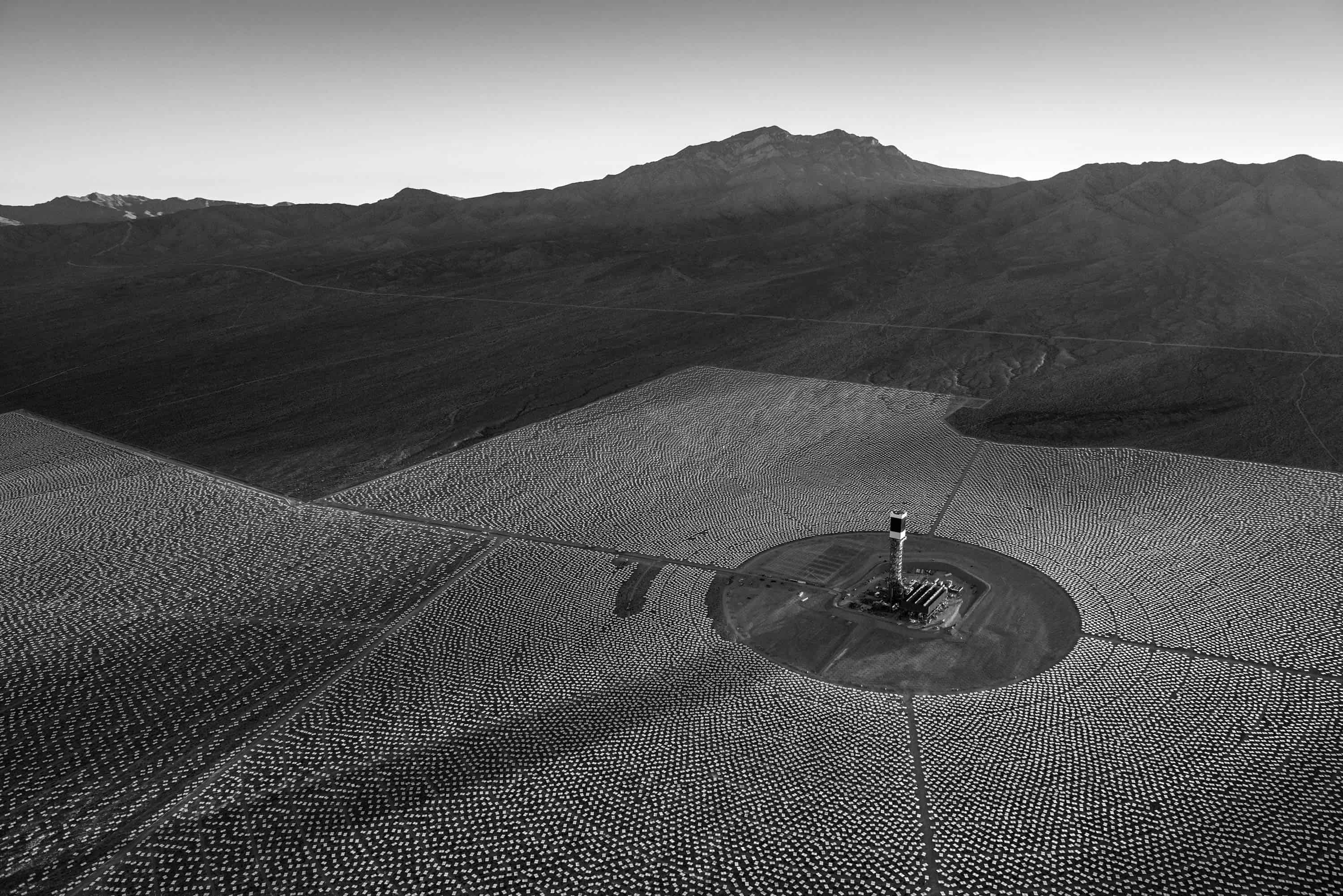
Late Afternoon Over Ivanpah Unit 3 with Mount Clark in the Distance
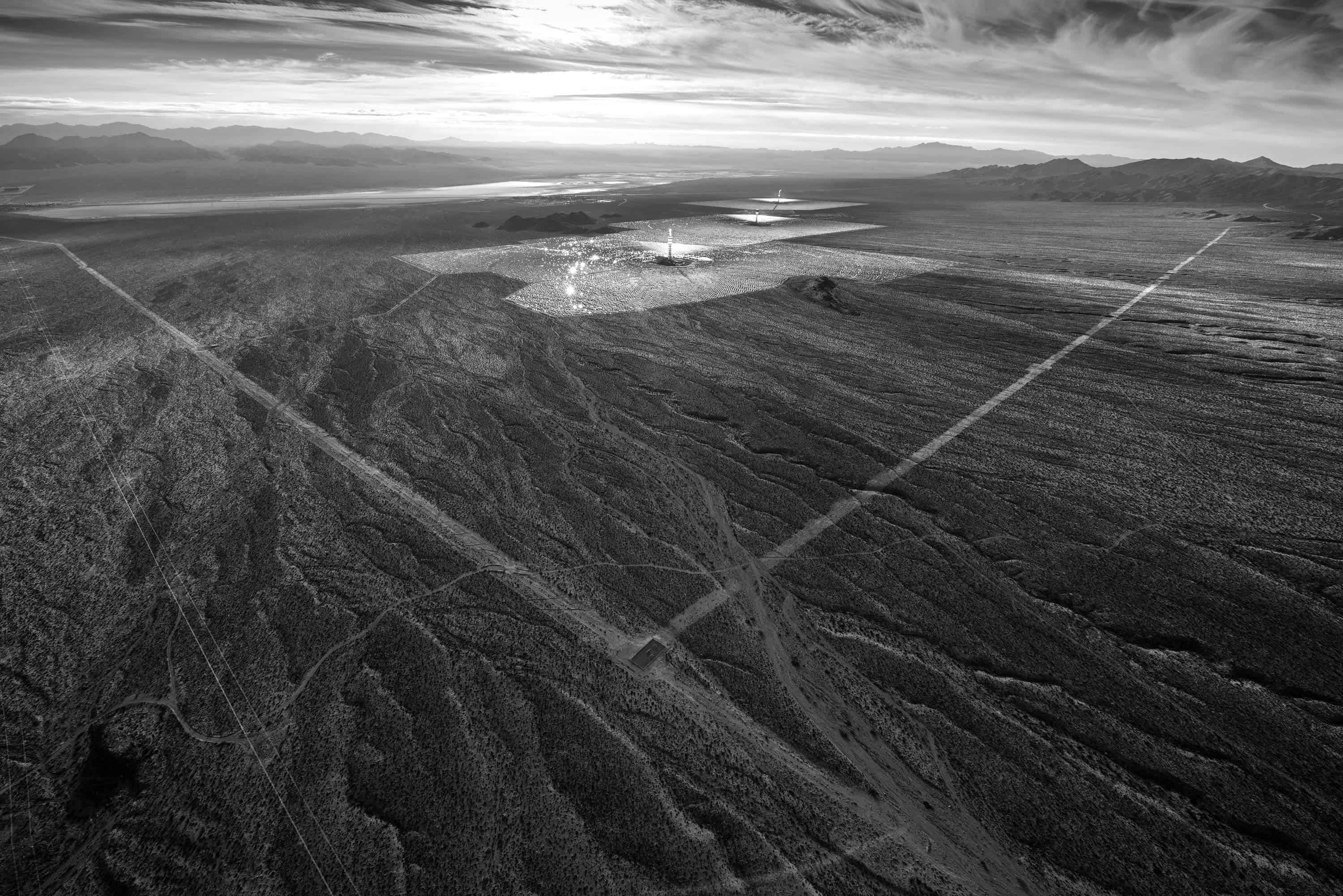
All Three Units of Ivanpah Producing Concentrated Solar Power, View to the Southeast
Or Barbara Ciurej and Lindsay Lochman’s Fruit Loops Landscape, a hysterically absurd piece that had the whole press core smiling. The entire series, Processed Views: Surveying the Industrial Landscape contained this light yet wry approach to landscapes, utilizing various…foodstuffs would be the most fitting word. Candies, cookies, foods made from things that just don’t sound much like food. Some of the photos worked better than others, but the ones that really hit smartly used confections to craft a fantastic scene. We’d seen this on the second day of the trip, and it was right about the time we were all looking at this series that I started to feel good about calling myself A Journalist, as I was talking to Rebecca (from Time Magazine’s online site LightBox), describing TPJ to her, only for her to ask, “Well, how long are your interviews, generally?”
“Oh, well, our last one was about four thousand words.”
“FOUR THOUSAND WORDS?” At which point the others stepped in closer and I began to realize most folks don’t get to write four thousand words ON ANYTHING online, these days. And how weird it feels, typing this, to be tooting our own horn, but hey, look how long this piece is! THE INTERNET IS WONDERFUL BECAUSE I GET TO TYPE ALL THIS STUFF AND PUBLISH IT. AND YOU (maybe) WILL READ IT!
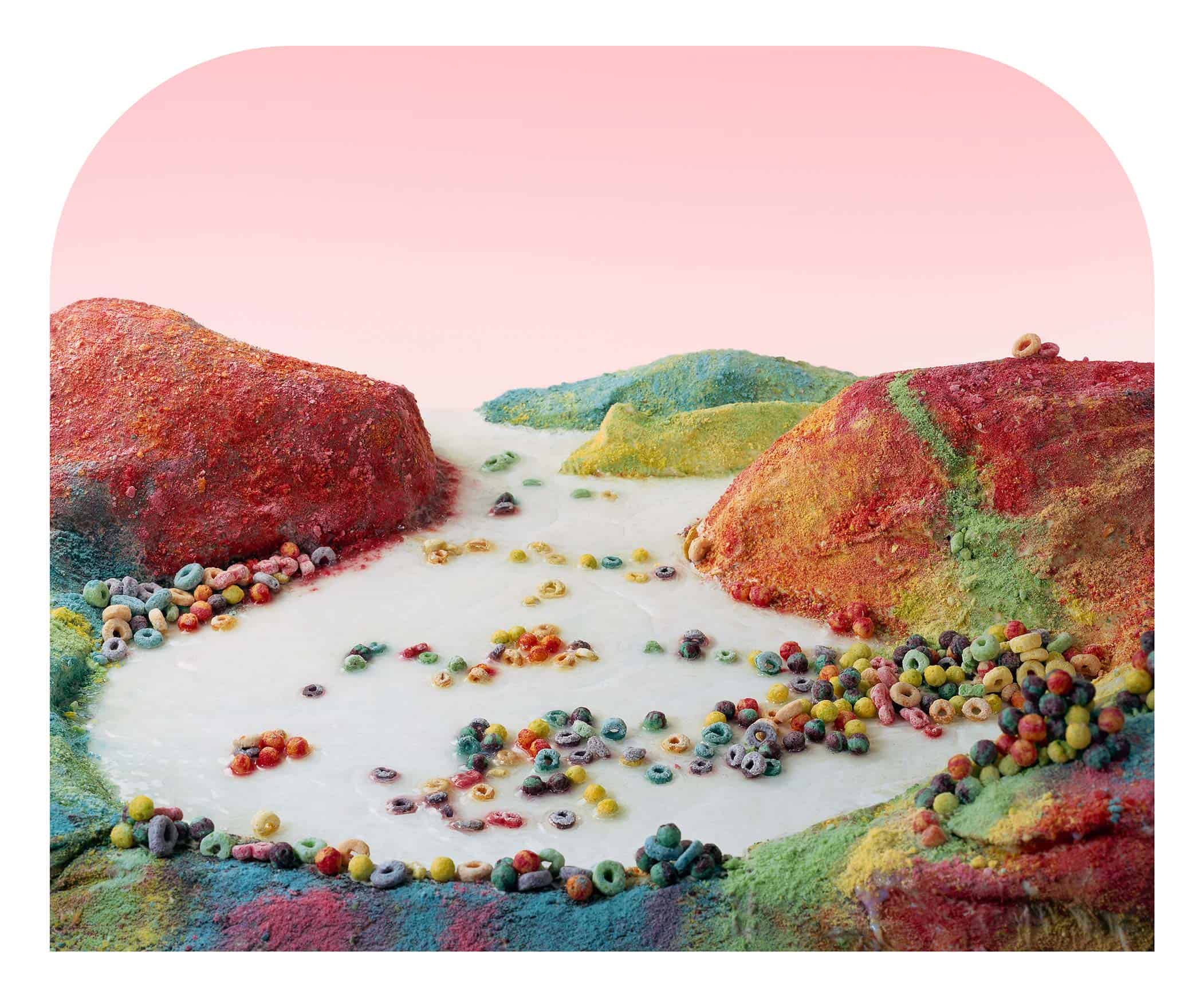
Fruit Loops Landscape
And one of the more somber series in the biennial, Clare Carter’s Corrective Rape, which through photos and interviews, chronicles the use of rape in South Africa to punish and “treat” lesbians. And while the portraits were incredibly strong, at time beautifully lit, it was jarring to become uncomfortable in what had been, up until then, a much lighter exhibit. Which was the point. Which was important. I could not keep from becoming, if only for a few moments, and certainly not long enough, enraged by this kind of treatment of other human beings.
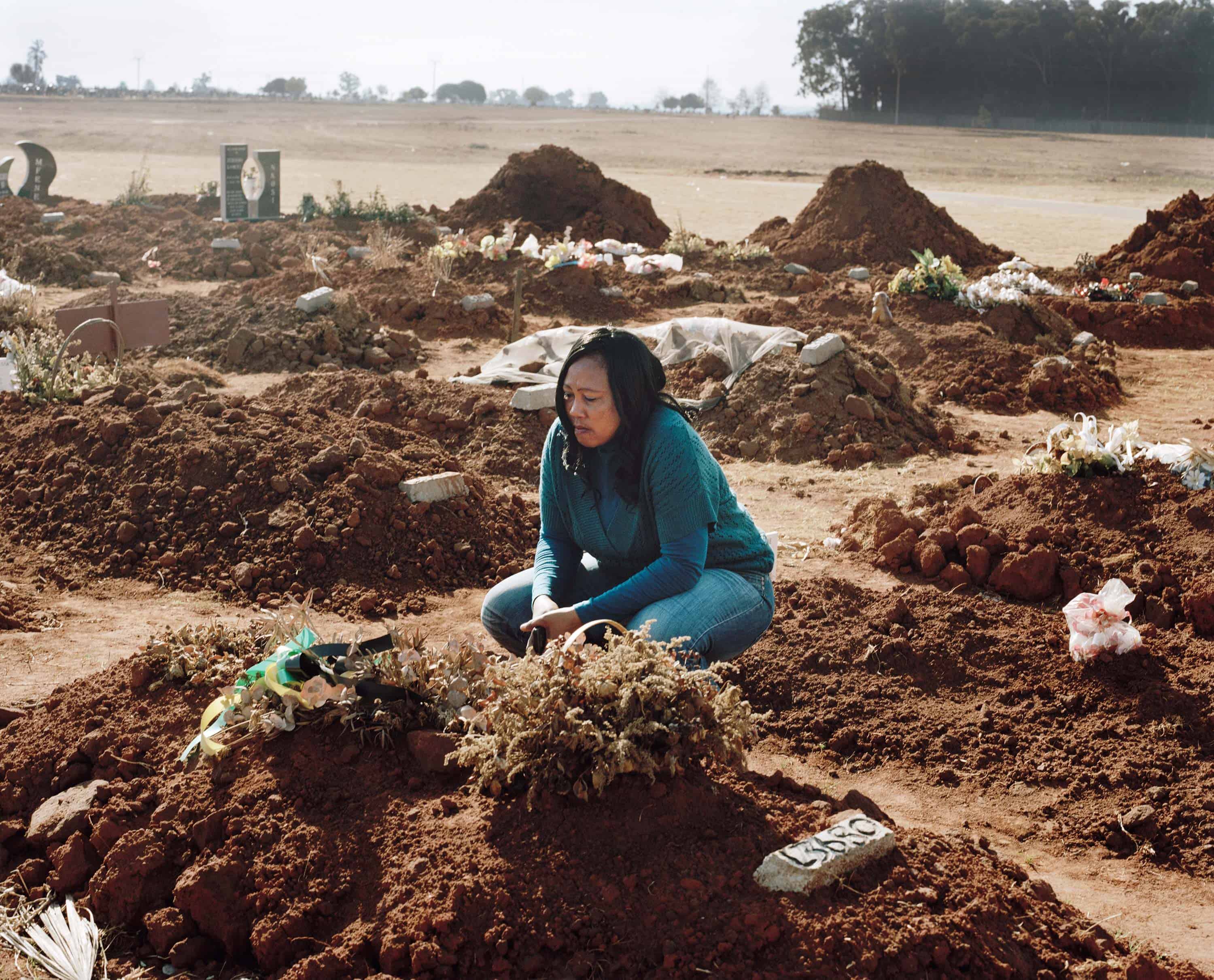
Noxolo Nogwasa, Kwa-Thema, Johannesburg
You’ll be happy to know the version you’re now reading is excised of the exquisite descriptions of my fellow journalists, which, while insightful and informative, isn’t all that germane to a report of the biennial itself. I perhaps overestimated, in that other version, how interesting other people would find Rachel (from Time Magazine), Ezrha (from Artillery Magazine), Caia (from Aesthetica Magazine) and Jeanette (from American Photo).
In that other version there is actually, and I can’t even believe it, looking back, a section that is all about Ezrha, it’s about 10,000 words, this section (you can see why it had to go), where I talk about our meeting on the plane, quickly bonding, then having to leave the plane because of “mechanical difficulties”. I go on a short tangent about my time in customer service getting us an alternate flight, weave that back into hanging out at the Rolling Stone bar with Ezrha while we wait for our second plane. I struggle to accurately describe her, throwing out lines like, “She’s a cross between Hunter Thompson and Anna Wintour, with a dash of Baron Munchausen thrown in for good measure,” which is, sure, colorful, but still reductive. I’ve actually been unable to describe her, when I tell this entire story to friends and family, in words.
Instead I resort to a spot-on impression, honed over the course of the trip. There are lots of hand gesticulations and muppet-like body movements. She is an expressive person, both in tone and in movement.
In the version of this essay you will never see, I relate several anecdotes which paint as complete a picture of Ezrha as possible. Like one from our last day, where Vinod is driving the press corps from one of the Biennial galleries to a section of Houston which houses several galleries all in a 5 block radius. Halfway there, Ezrha yelps, remembering she hasn’t called her father. Apparently it’s a regular tradition, every Sunday they chat on the phone, so she proceeds to ring him up while we’re all in the black suburban (of course, in the other version, I go on and on about the suburban, how it feels to be driven through a city, seeing it only from passenger-side windows, linking it to the lives of celebrities and dignitaries, only ever experiencing a city from behind tinted glass), entirely oblivious to the presence of anyone else in the suburban, talking to her father at such a volume that all other conversations have no choice but to cease and wait for her to finish up.
Which takes several eternal minutes.
Another, equally as telling, also on the last day, when we’re given a chance to interview the founders and director of FotoFest, during which Ezrha takes an opportunity to ask a question which takes its sweet time getting to the point, but once it does, is startlingly astute and razor accurate in its observations.
Instead of going through all that, I shall talk about art. Like Mahtab Hussain’s series, You Get Me? Where his portraits of Muslim youth in the UK subtly reflect the difficulty of assimilating into a culture that is not entirely comfortable with your presence.
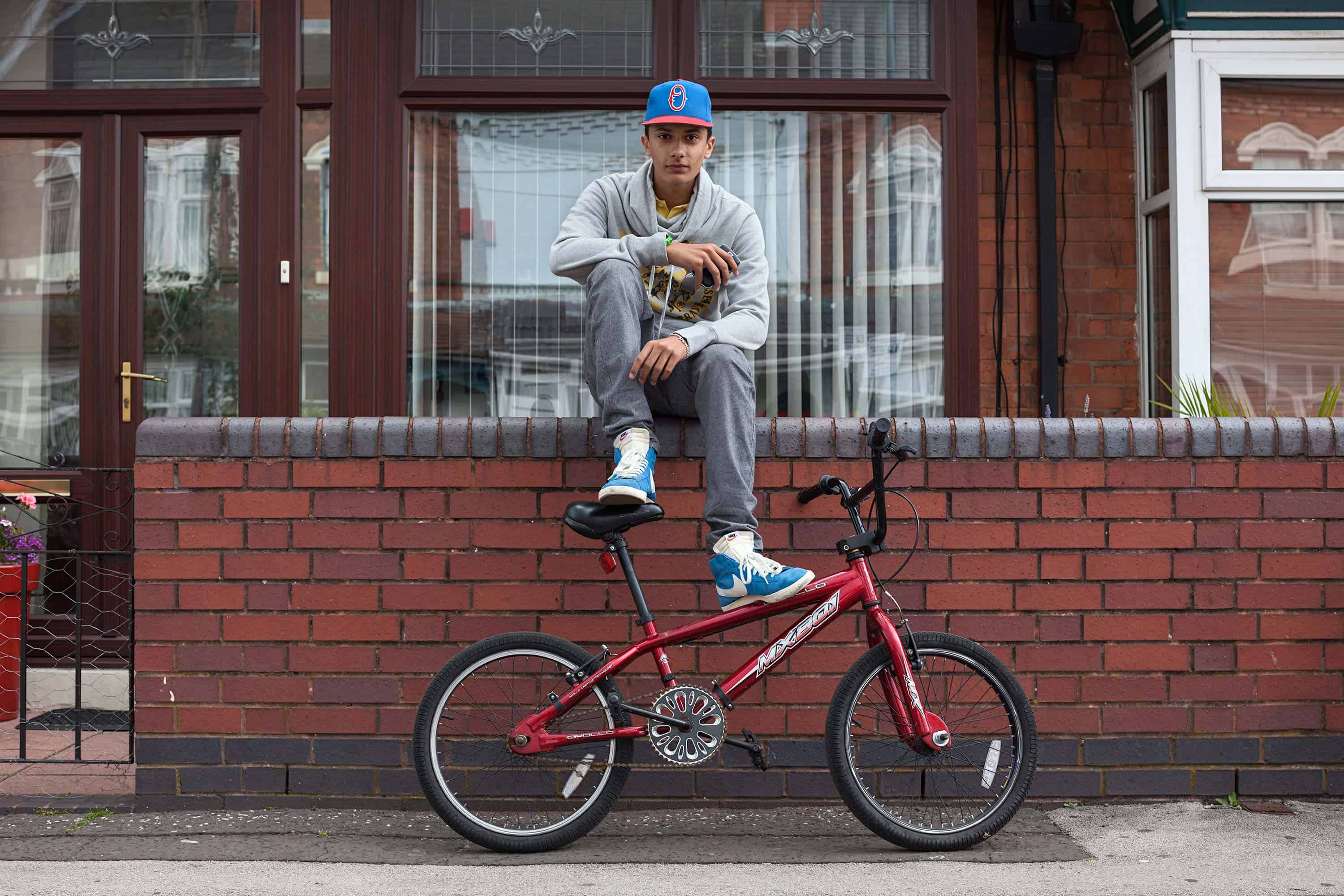
BMX, blue cap, blue trainers, 2012
And Pablo Lόpez Luz’s series, Terrazo, many of which show the urban sprawl of Acapulco, sprawl so vast, captured so perfectly from above, it is overwhelming.
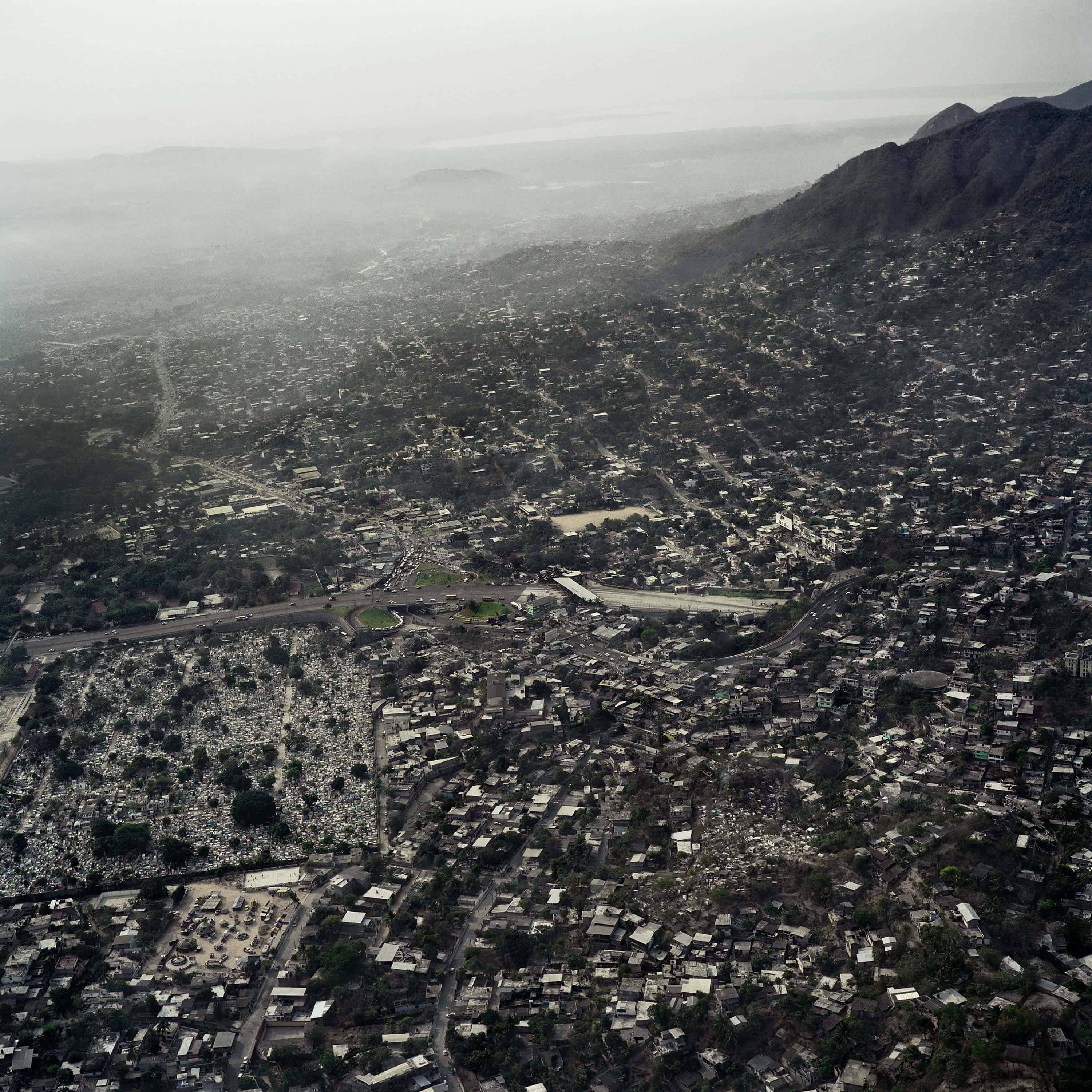
Vista Aerea de Acapulco II, Acapulco
And Gina Glover’s series, The Metabolic Landscape, which used sumptuous landscape shots to portray the myriad ways humans derive energy from the Earth.
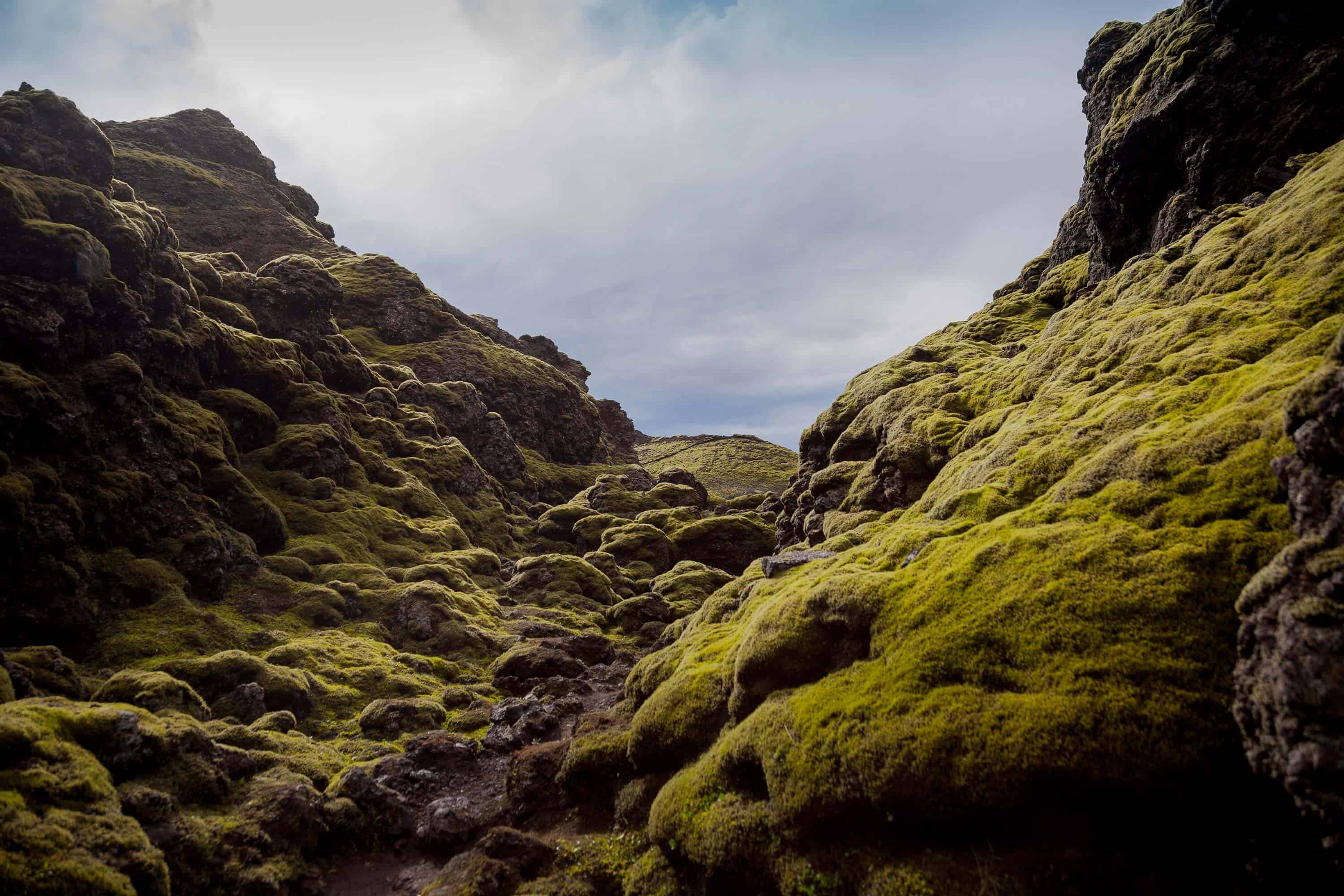
Volcanic Craters of Laki, Iceland, 2011
In the version of this article you will never see, I end with another description of air travel, this time detailing my failed attempts to sleep through 1) a baby that will not stop crying, 2) the man in the seat next to me continually touching my knee with his own (which is completely made up, an attempt to hide the fact I played XCOM on my iPad for several hours) and 3) the man up one row and across the aisle, who got airsick and vomited, causing an all-too-familiar aroma to flood the cabin (ASK ME ABOUT MY TIME DRIVING AN AMBULANCE).
I wrap the whole thing up with another description of Ezrha, this time as I wait for her to gather her stuff so we can de-plane together, walk through the airport, summing the whole trip up before I get into a friend’s car, watch her standing outside the terminal, waiting for her shuttle.
I paint quite a scene. Despite her wackiness, Ezrha helped me get more from the art than I would’ve without her there. She introduced me to the idea that the art was a pool to submerge ourselves in, rather than just something to look at. She made it all fancy, in a way that was both glamorous and thought-provoking.
A trip I’d planned to approach like a vacation ended up, because of Ezrha, making me think of myself as a journalist, with all the accompanying expectations.
And so, instead of the other version, which, for all its purple prose and color, was a straightforward travelogue, I instead sought, to much nail-biting and rending of garments, to make this a piece worthy of the experience. Not just the experience of a paid flight and chauffeured museum visits, but of having been given the opportunity to engage with art that was more than the art I have so often been drawn to. Art that attempts at purpose. Not a message, per se, Wendy and Fred and Steven are not so naive as to attempt to Teach You Something.

Wendy Watriss (co-founder)
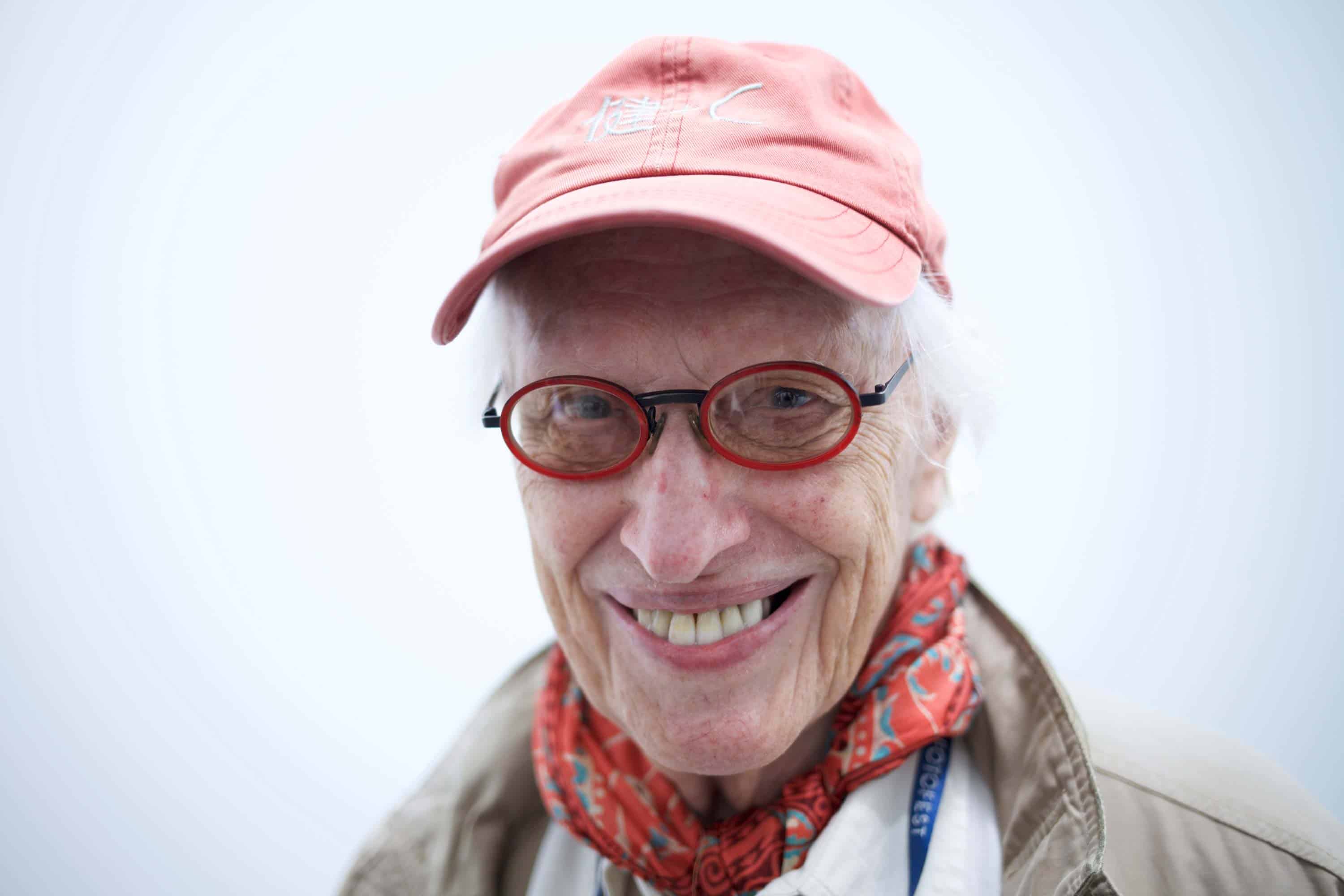
Fredrick Baldwin (co-founder)

Steven Evans (director)
Instead the overall experience of FotoFest this year was to, hopefully, create a connection between the viewer and the natural world they are a part of, through photography that captured various aspects of the ways man and nature interact with each other, influence each other, help and harm each other. With depictions both concrete and esoteric, photos of the way we affect and are affected by nature, in the hopes that heightening that awareness within the viewer will give them empathy.
As I watched Keri stress herself out to make sure we stuck to the schedule, so that we could see as much of the gorgeous work as possible.
As I talked with Ezrha and saw how exciting and exhausting living in her skin must be.
As I drank with Vinod, debated with Caia, talked cameras with Jeanette, explored religion with Rachel.
Leaving, like one leaves summer camp, wanting to continue to learn and hang out with these people, knowing how unlikely that would be.
Empathy for that which was once unfamiliar and foreign. And sadness that connection would not be enough.
In the version of this article you will never see, I end in a car, elated and melancholy. And drunk.
FOTOFEST RUNS UNTIL APRIL 24TH, 2016. FOR MORE INFORMATION, VISIT: http://2016biennial.fotofest.org
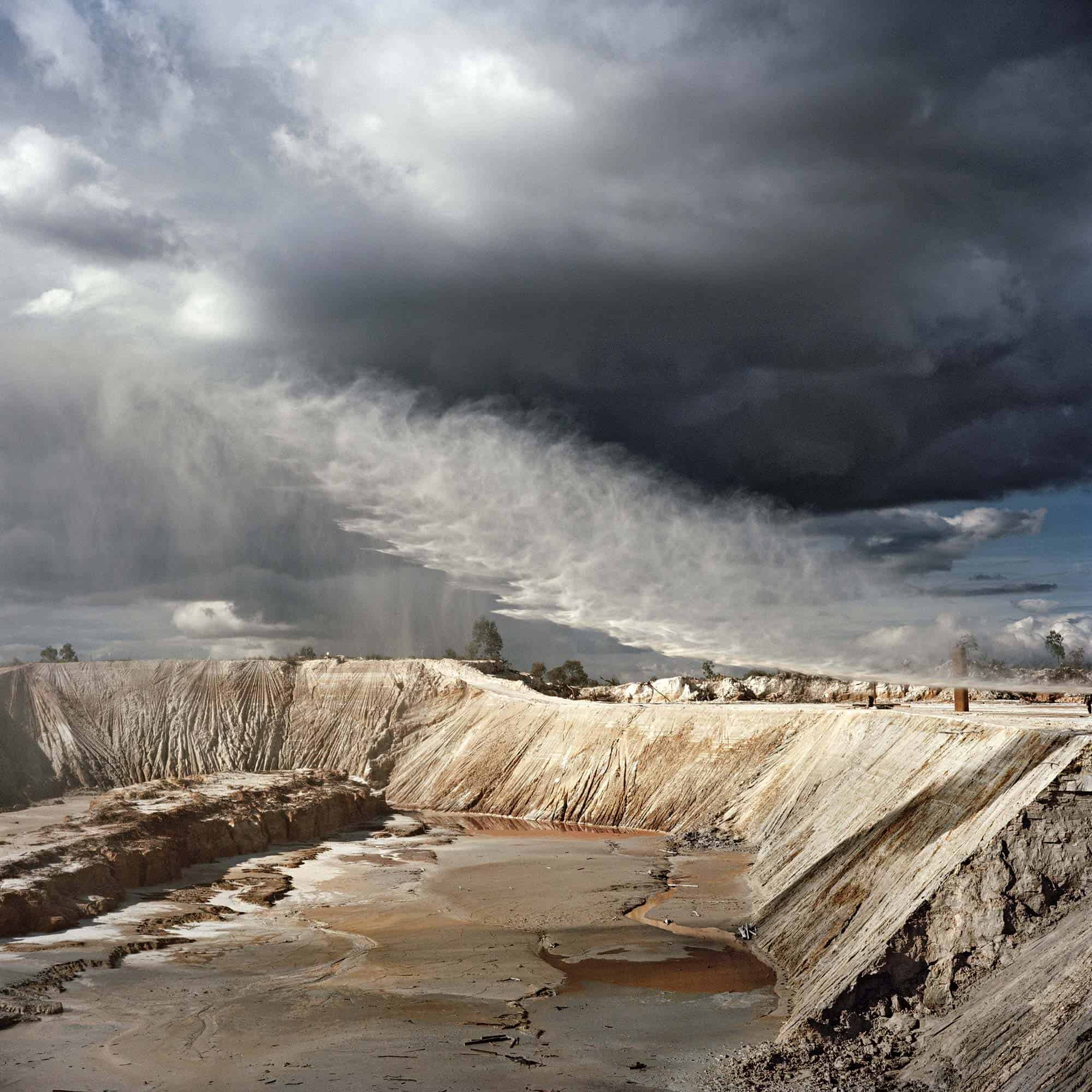
Jason Larkin
Pressurized Water, Krugersdorp, Johannesburg
From the series Tales From The City Of Gold
All artwork courtesy of FotoFest, portraits of the FotoFest staff courtesy Lou Noble